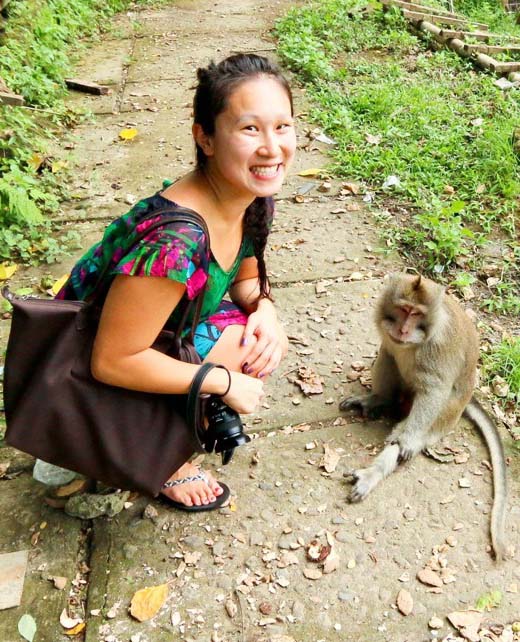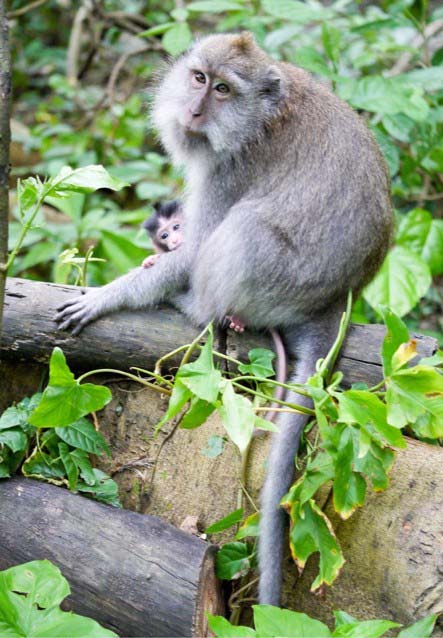嘉宾(Guest): Dr. Lu Yao(姚璐)(Gerstner Postdoctoral Fellow from American Museum of Natural History)
讨论主题 (Topic): Phylogeography and phenotypic evolution of long-tailed macaques in Southeast Asia
时间(Time): 2017年1月11日 下午3:30—4:30(2017.1.11 3:30—4:30 pm)
地点(Location): 南楼321室(Room No.321, South Building)
According to the Island Rule, large-bodied animals tend to evolve toward smaller body size and small-bodied animals toward larger body size on islands, mostly due to ecological release and limited resources. Extreme cases are often cited as examples of the Island Rule, with pygmy mammoths on the Channel Islands of California, pygmy hippopotamuses on the Mediterranean islands, or the large-bodied Komodo dragons residing on Southeast Asian islands. Although these certainly are examples of the Island Rule, they do not provide enough evidence to establish that these island processes constitute a universal rule. Additionally, this rule originally applied to body size alone, and it is unclear whether it applies to individual anatomical features, such as the brain. Through the phylogenetic and morphological analysis of long-tailed macaque museum specimens using both traditional and state-of-the-art techniques, we demonstrate the importance of understanding phylogenetic relationships when studying the Island Rule and comprehensively analyze body size, brain size and 3D cranial morphology in association with evolution on islands. Our research reveals that the Island Rule, if it can still be regarded as such, involves complex processes that still need to be teased apart, despite all of the research that has already been conducted on this topic.


脊椎动物演化与人类起源重点实验室&研究生会
2017.1.5